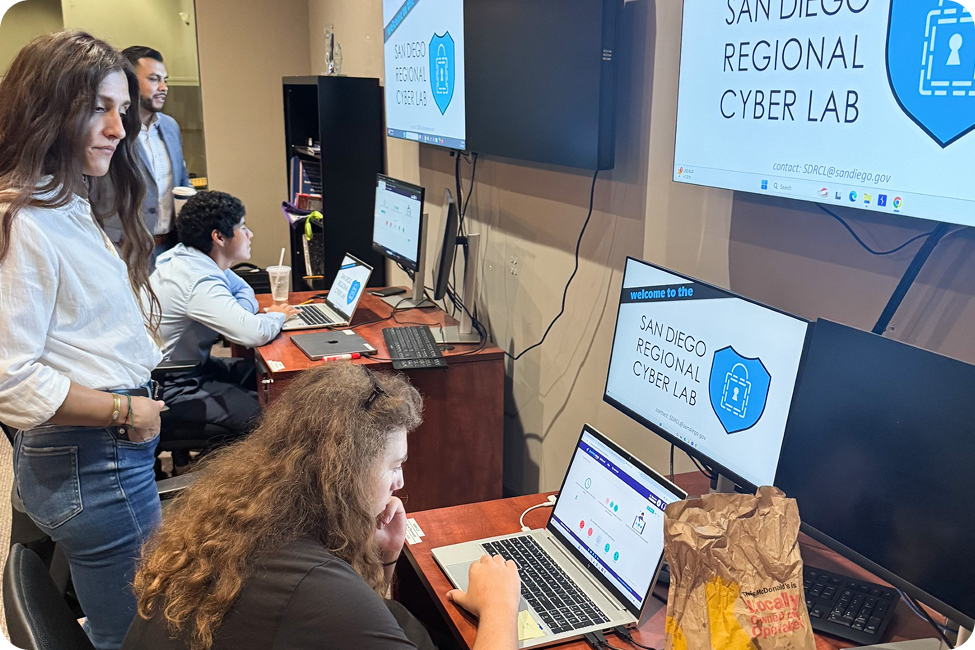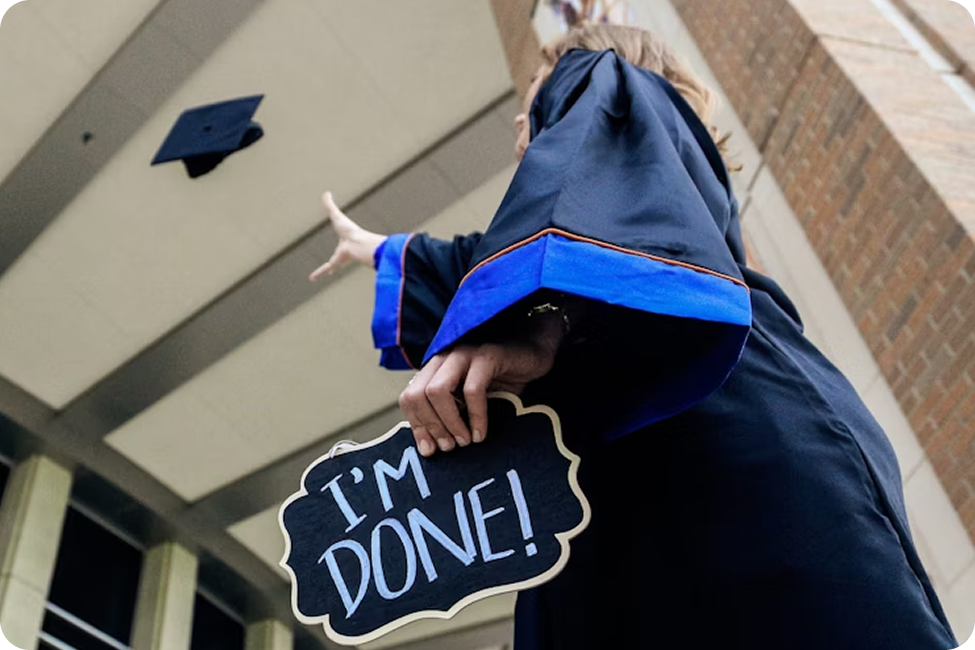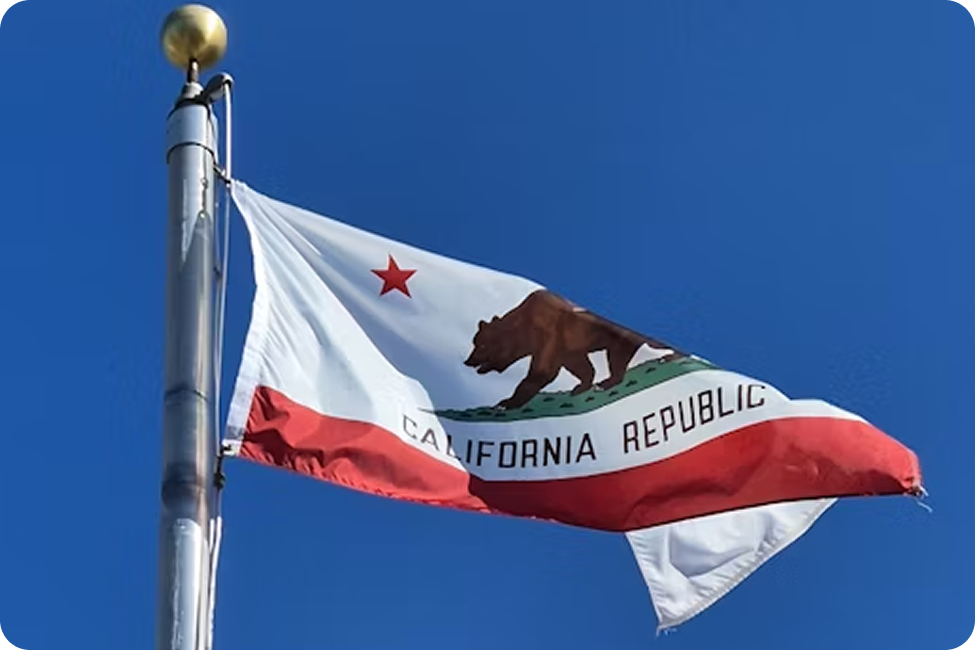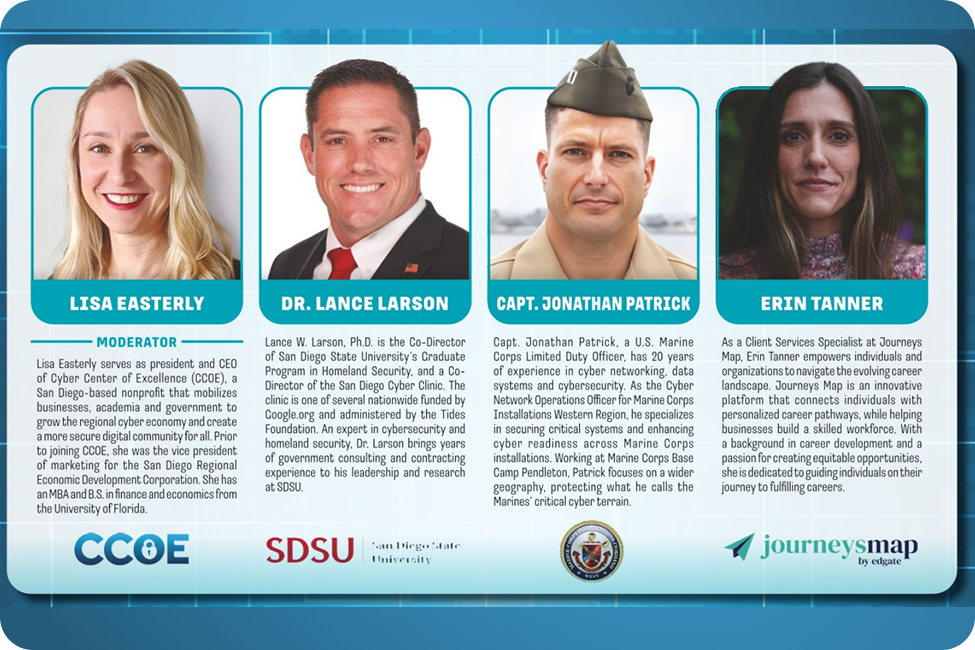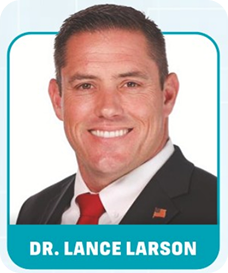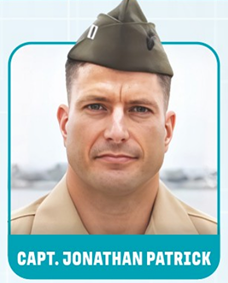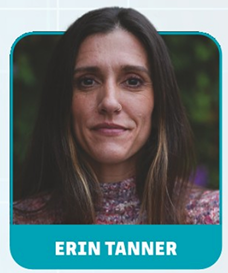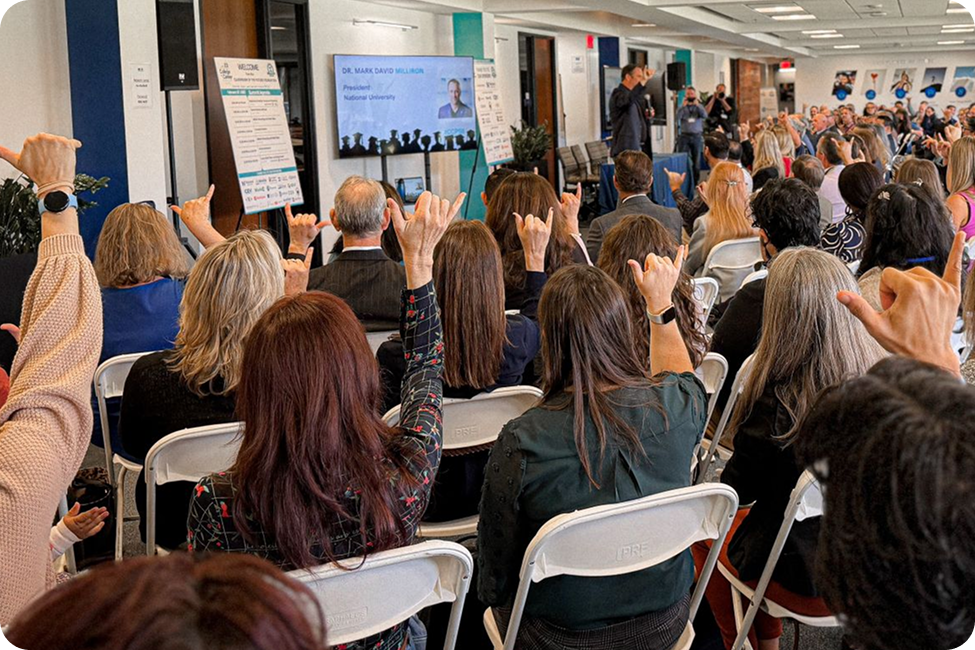The Fun and Impact of Paving New Paths
Journeys Map has been busy on the ground across the San Diego region, cementing our role as the vital connection point between students, educators, and employers. Our work is driven by a simple belief: the best way to secure a talented future workforce is by helping students and adults connect their unique skills and passions to real-world opportunities right now. This past season was defined by exciting “aha!” moments, impactful partnerships, and a strong presence at events dedicated to innovation and career readiness. Over the last two months, Journeys Map has been utilized by the IT team and across Cybersecurity career pathways, demonstrating the immediate value of our tools in critical fields. We are witnessing personalized career pathways unfold in real-time, thanks to the dedication of our partners.
Partnership Spotlight: Project Next and Asking What’s Never Asked
Our collaboration with Project Next—especially through their Future Centers and dedicated Career Coaches—is transforming the student journey.
- Impact at the High School Level: We recently spent time at Mission Hills High School with students and Career Coach Amanda Morales. The focus was on Project Next’s core philosophy: asking the questions students have never been asked before. Using Journeys Map, students were empowered to connect their unique interests directly to learning, school, and future goals, turning the abstract question of “what if” into an actionable plan of “what’s next!”
- Deepening the Guidance: We’ve seen incredible engagement, with many students immediately booking one-on-one meetings with coaches like Tatiana Osorio to dive deeper into their personalized results. This is true partnership: providing the tools (Journeys Map) and the high-touch guidance (Project Next Coaches).
- Resource Alignment: A huge shoutout goes to the entire Project Next team. Their commitment extends far beyond the classroom, lining up incredible exploration resources, including special guests in high-interest careers and eye-opening field trips to local companies, further enriching student career mapping.
For more on Project Next’s game-changing strategy, check out Executive Director Lisa Stout on Drew Schlosberg’s ‘Spotlight on the Community’ podcast: “Asking What’s Never Asked: New Paths for Students.”
Action in Cybersecurity: Guiding the Next Generation of Defenders
Journeys Map is working directly to close the regional talent gap in critical fields like cybersecurity.
- The Cyber Lab Experience: Journeys team member Erin Tanner had an inspiring day at the San Diego Regional Cyber Lab, guiding high school students participating in the incredible SDCOE & Cyber Lab 6-week paid summer internship. Watching their personalized career pathways unfold in real-time provided clear proof of concept.
- Immediate Impact: One student instantly discovered a perfect certification program aligned with their interests, while another praised the assessments as “spot on!” The connection was immediate and clear: Journeys Map is the tool connecting these students directly to their futures.
Recognizing Leaders: Huge congratulations to Andrew Baldwin, PMP, Carlos Salazar, Bianca Arce, Ian Brazill, and all other participants for making this vital program happen. This level of community support is precisely what our students need to succeed in high-demand, high-wage careers.
Looking Ahead: Strategic Fall Engagement
We are excited to carry this momentum forward by participating in key regional events dedicated to innovation and education, where we will share our data-driven approach with leaders across the county:
- Supe Tank 5.0: This milestone event brings together all 43 San Diego County superintendents to share their boldest district innovations. We look forward to seeing the impactful initiatives being presented to business and community leaders.
- SDCOE Career Pathways Conference: As the premier event for educators, counselors, and administrators, this is a critical opportunity for Journeys Map to demonstrate how we can help connect students directly to California’s high-wage, high-growth jobs.
- SDCOE Cybersecurity Summit: We will be engaging with superintendents, charter leaders, and technology executives at this annual event to discuss K-12 cybersecurity challenges and strategies, showcasing our platform as a solution to building a resilient cyber talent pipeline.

